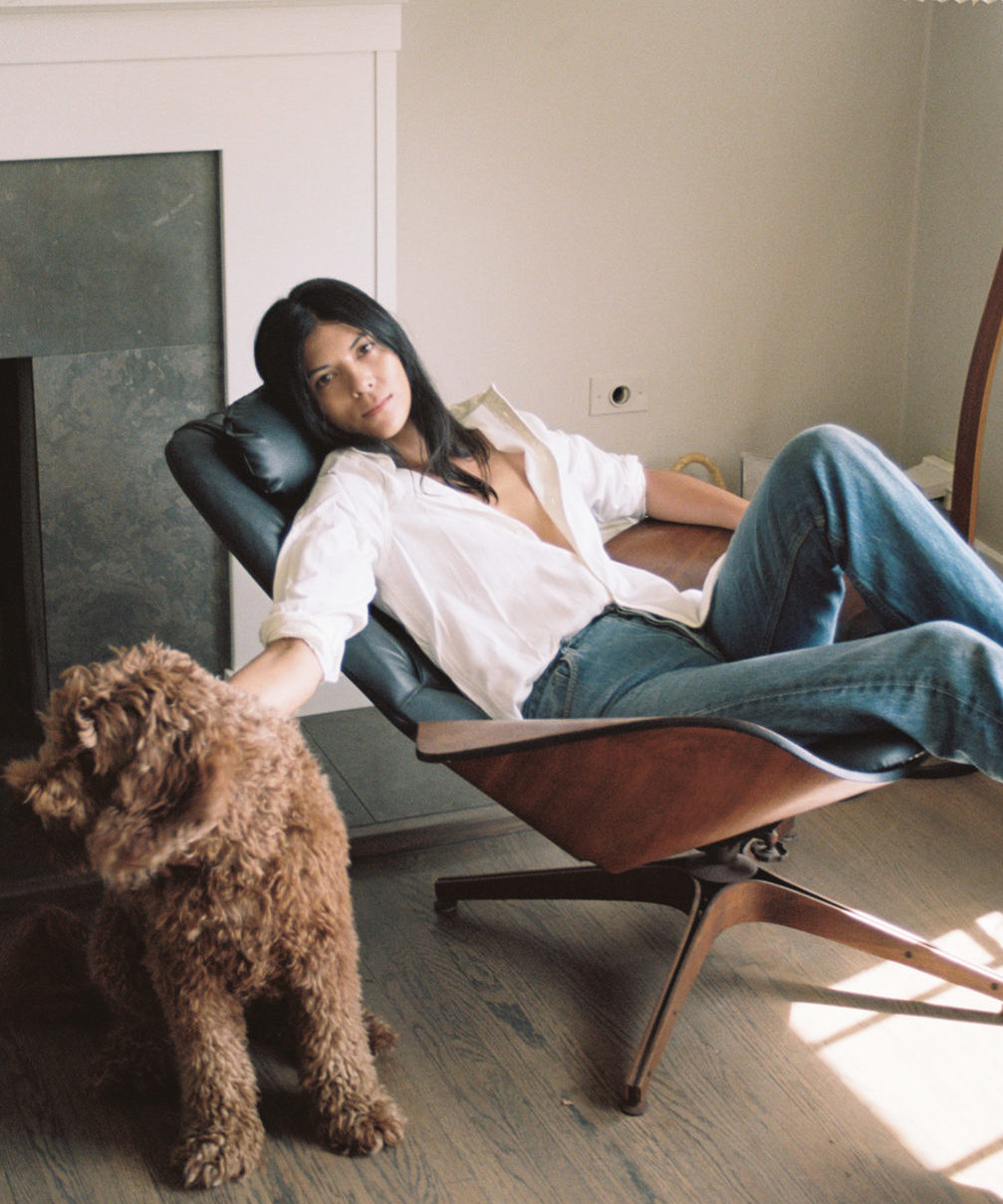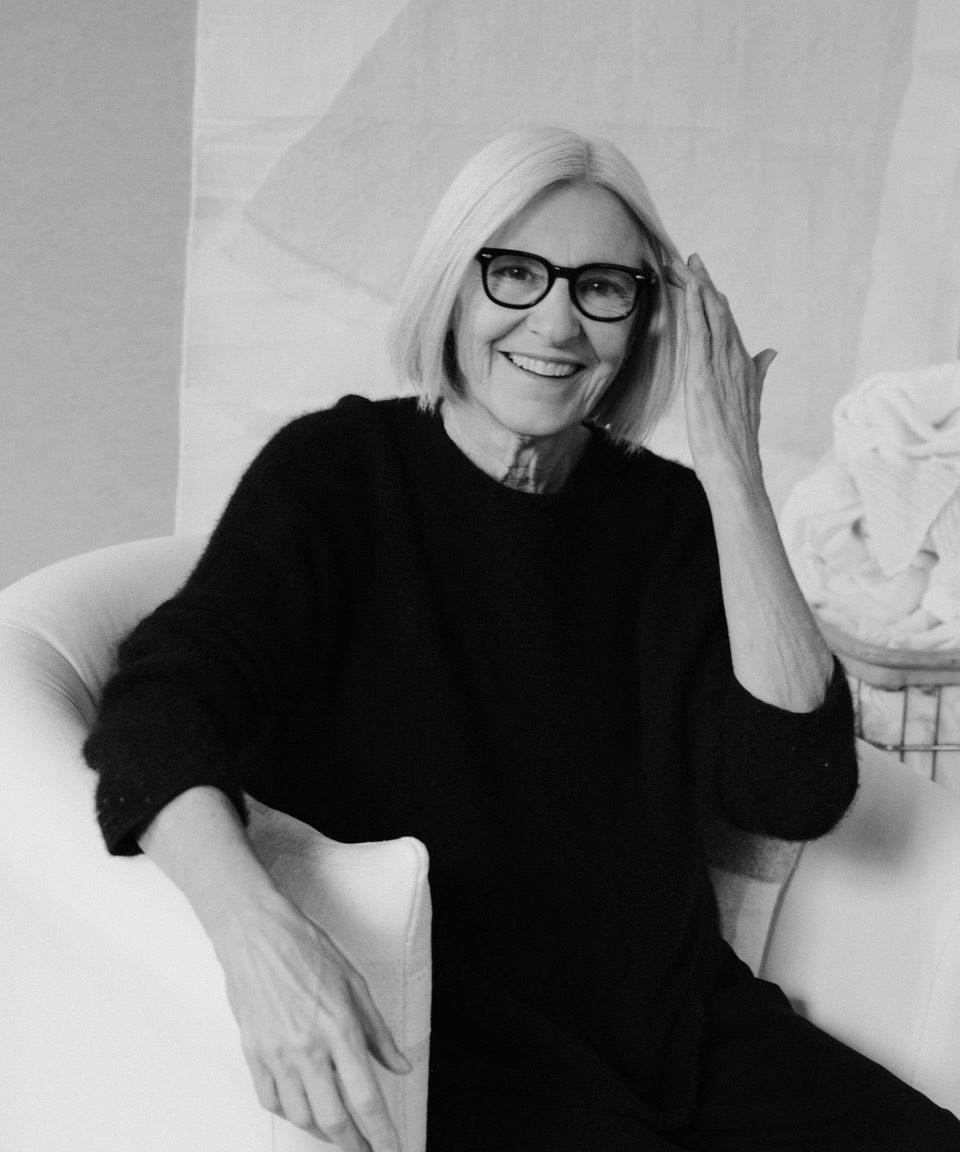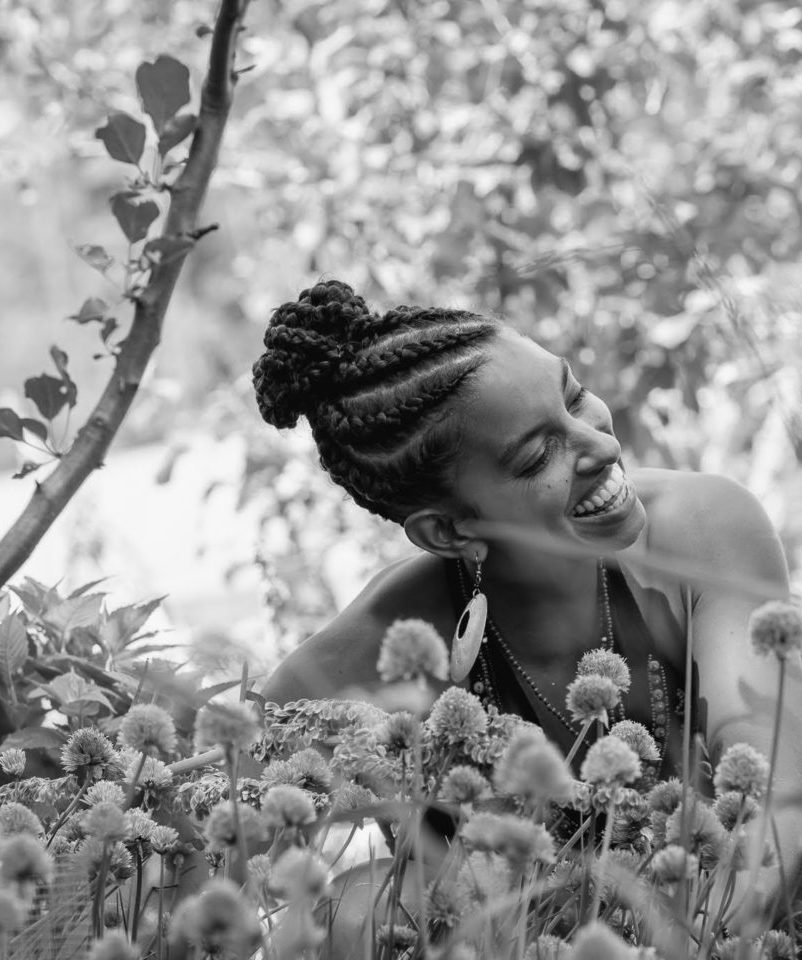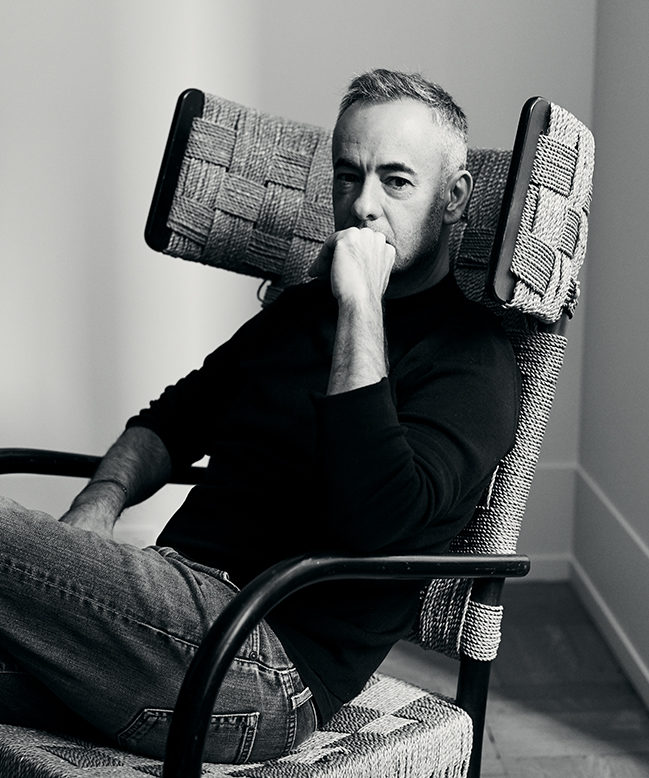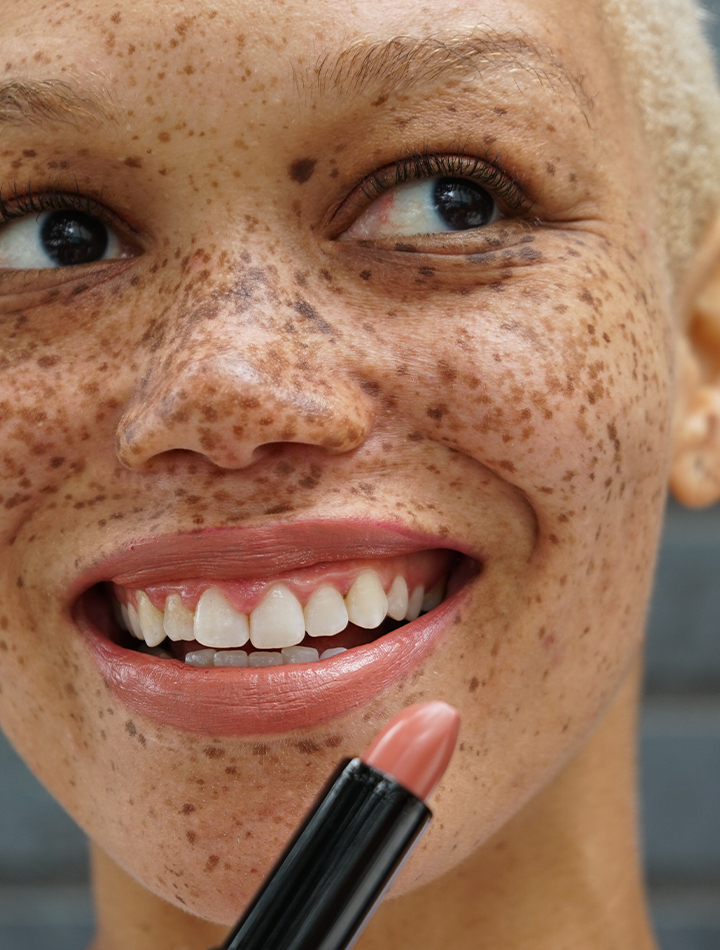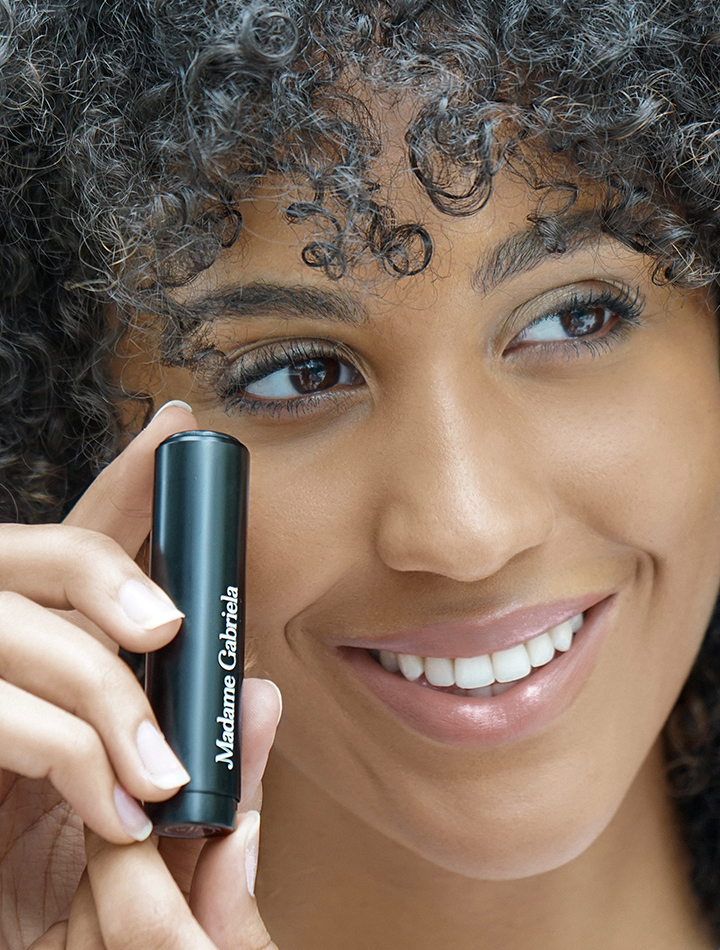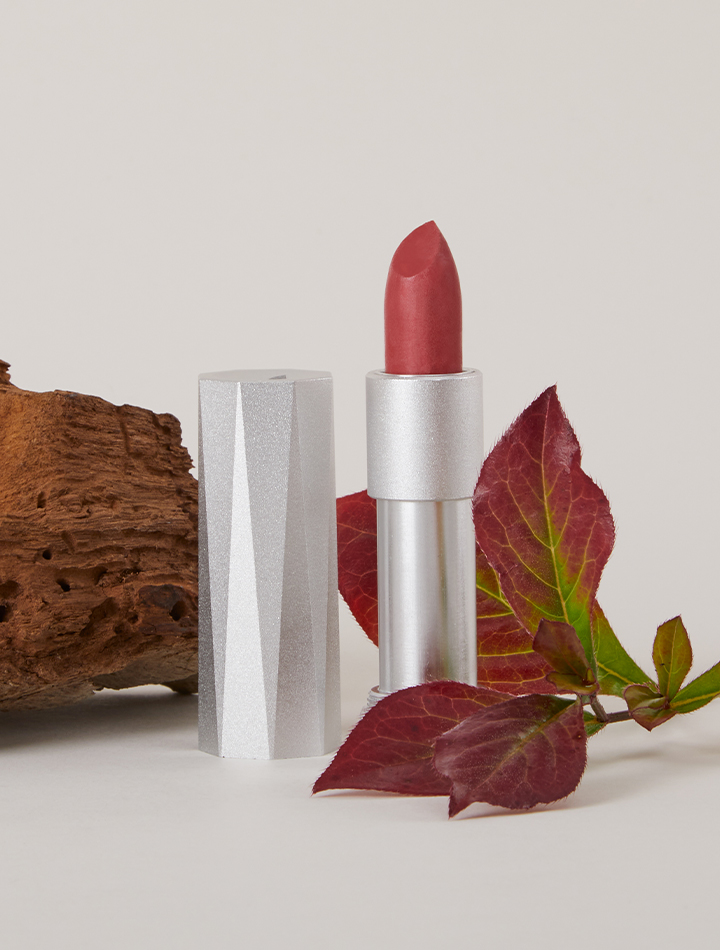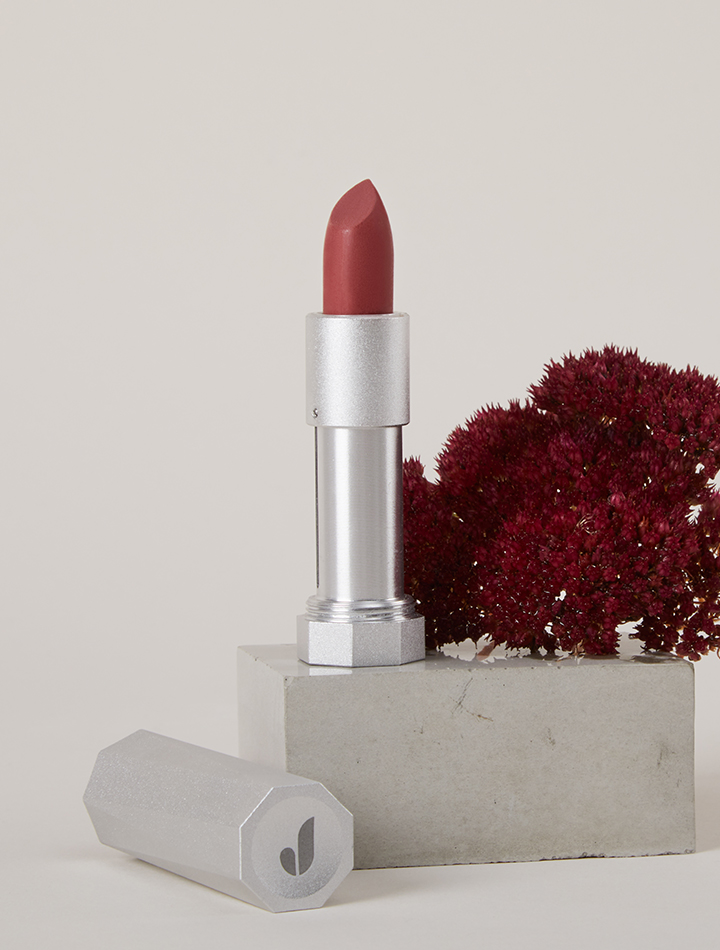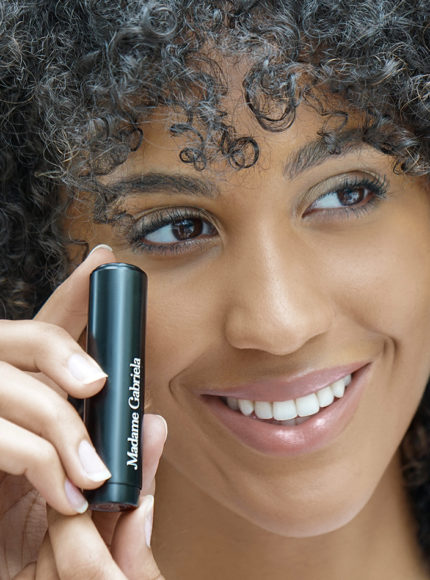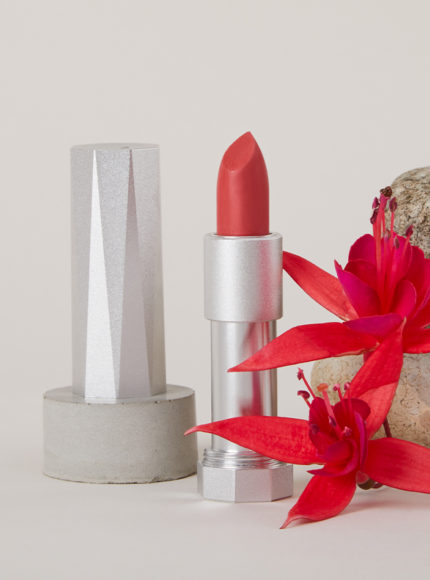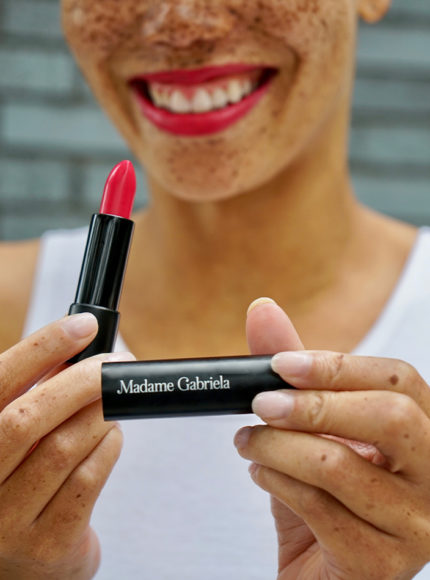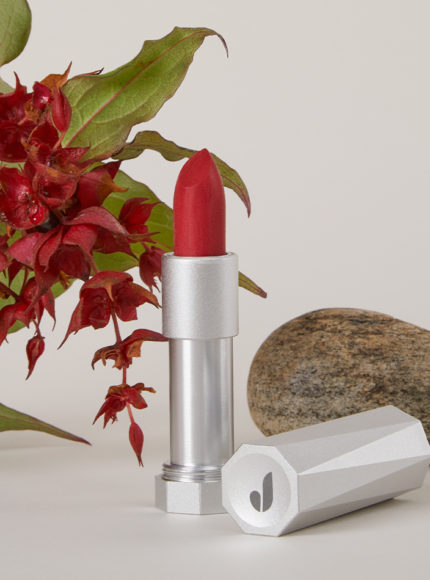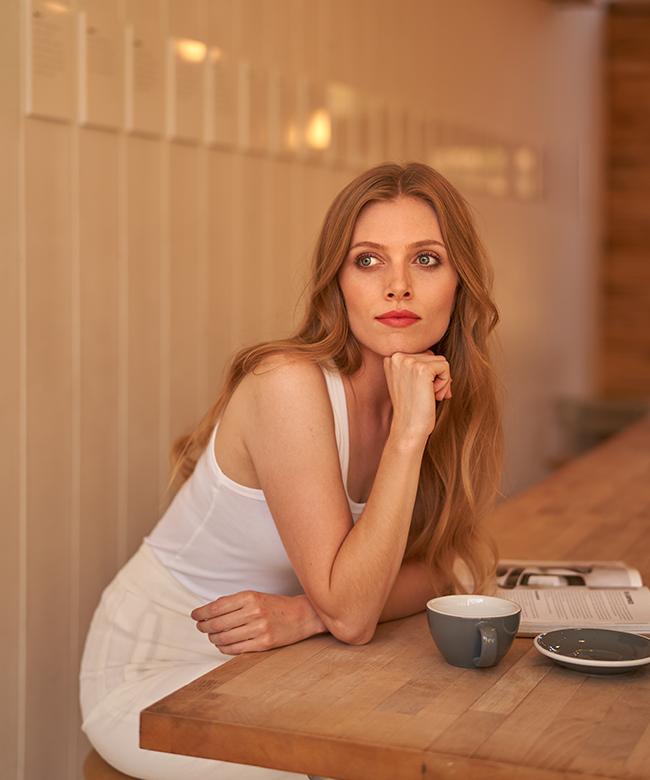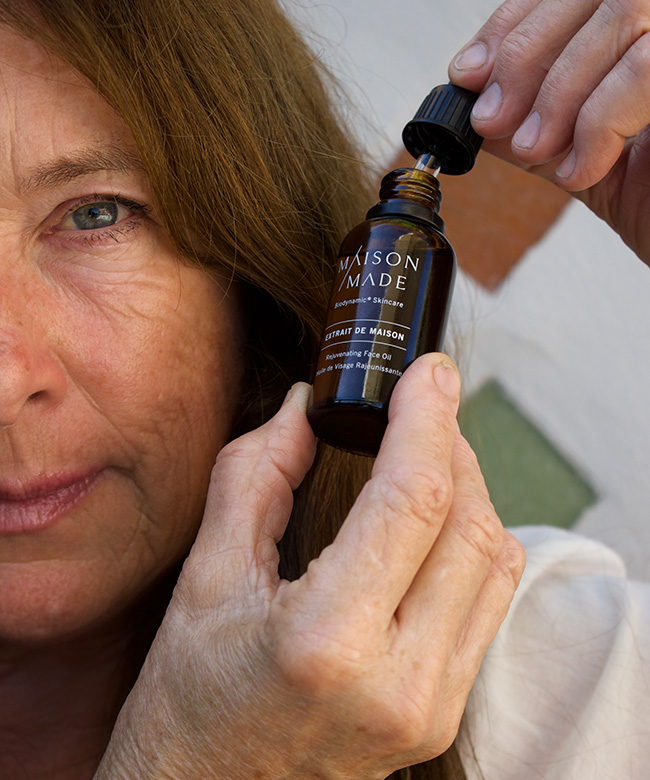

Many lipsticks use synthetic dyes that are derived from petroleum.
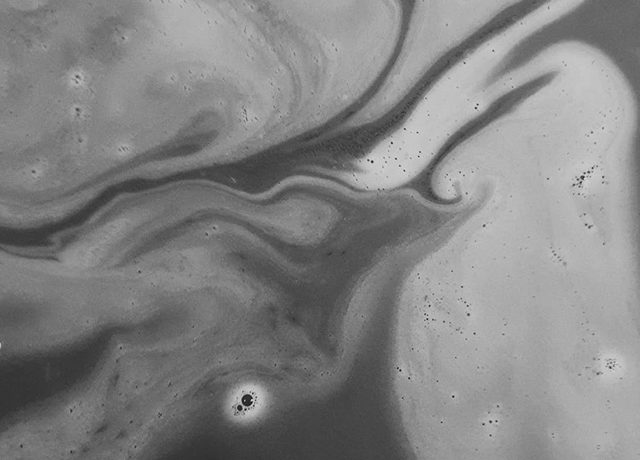

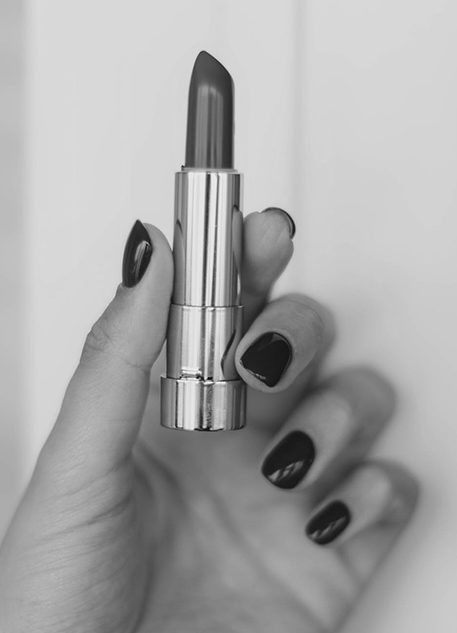

Around 61% of lipsticks on the market were found to contain lead.
Beauty
Non Toxic Lipstick – Why We Are Making The Switch
In this editorial we delve into the toxic secrets of the beauty and makeup industry. Sadly, this industry is full of plastic, chemicals, animal byproducts, and pollution. We look especially at the ingredients found in conventional lipsticks, why these may be damaging for our health, and offer some non toxic lipstick alternatives that are safe to use and can even be nourishing!
An Introduction to #REVDetox
In our new Hidden Toxic Secretsseries (#REVDetox) that will delve into the various hidden toxins in our lifestyles, we will be deep-diving into the facts of different industries and products which have harsh realities for our bodies and our earth that we may not know about.
At Rêve En Vert we are passionate about becoming more educated ourselves in order to do better for our planet, our bodies, and for our communities and we always want to share everything that we learn with our audience.
We know that it is hard to face some facts, so in this new series, we will be not only providing you with the truths but also better, safer, and more sustainable options so you can feel proactive about your choices if you feel compelled to make a change. Today we look at why opting for non toxic lipstick is an important switch to make in your makeup routine!
“Most of our makeup bags are riddled with products in plastic containers that are sadly filled with unnecessary chemicals.”
What is the Beauty Industry Hiding?
Makeup is a tool that has so much power. During lockdown, it helped me feel more normal in such abnormal times. Plus, it was a bit of fun I could bring to my tedious days. I wear makeup for myself, to make myself feel special. Something that makes us feel so empowered shouldn’t be polluting our environment or our bodies.
Sadly, the beauty industry is full of plastic, chemicals, animal byproducts, and pollution. Most companies lack transparency and make sales purely through fun campaigns and pretty packaging. I was shocked when I found out what was really in my makeup and just how much pollution it was causing. The beauty and personal care industry generates around £400 billion per year [National Geographic] and 120 billion units of packaging every year [Commercial Waste]. It is a continuously booming industry, thanks to social media, influencers, and the popularity of beauty Youtubers.
In 2015, the beauty industry accounted for 146 million tons of plastic [Commercial Waste]. Most of our makeup bags are riddled with products in plastic containers that are sadly filled with unnecessary chemicals. While I think it is vital to make the green switch for all your makeup products, I wanted to begin the conversation with lipstick, as it comes in direct contact with our mouth. Making it even easier for nasty ingredients to enter our bodies.
“Around 61% of lipsticks on the market were found to contain lead, even premium luxury lipsticks.”
“Many conventional lipsticks contain microplastic ingredients to make them last longer or to act as an emulsifier. This is really troublesome both for our own health and the planet.”
Madeleine White, Founder of Juni
The Hard Truth - What's Actually in our Lipsticks?
Lipstick is an easy way to achieve a fun and sophisticated look quickly. However, do you know what is in conventional lipsticks? It is a scary list to be accidentally swallowing and washing away into our waterways. I love a vibrant, pigmented lip but lots of lipsticks use synthetic dyes that are derived from aluminum and petroleum. Some shades even contain heavy metals and lead [Black Paint]. Around 61% of lipsticks on the market were found to contain lead, even premium luxury lipsticks. There is really no safe dose of lead for the human body and it has been linked to reduced fertility and hormonal issues in both men and women [Campaign For Safe Cosmetics].
Certain brands actually use crushed insects to get red pigment [Plant Based News]. This process usually shows up as the ingredient Carmine, which requires 70,000 insects to produce one pound of dye [Black Paint]. We shouldn’t have to ingest insects to wear a red lip. Nor should we have to apply fish scales to our lips to achieve a pearly finish. Lots of lipsticks and other cosmetics contain fish scales to give a shimmery, pearly effect. No thank you!
Besides dyes, lipsticks contain other alarming ingredients to help prolong their life. Octinoxate is a UV filter found in many products, including lipstick. Even though it is commonly used within the beauty industry, studies have shown it is easily absorbed into the body and has been linked to endocrine disruption, reproductive issues, organ toxicity, and more [Campaign For Safe Cosmetics]. Methylparaben is another chemical added to lots of lipsticks, as it is an antifungal and a preservative. It is rapidly absorbed into the body and the intestinal tract and has been linked to cancer. Sadly, this ingredient is often a hidden ingredient and is not shown on ingredient lists, so people aren’t even aware it is in their lipstick [Black Paint].
Like lots of our products, lipsticks are often formulated with palm oil, which is a massive contributor to deforestation in many biodiverse forests around the world. Habitats are destroyed, millions of tons of greenhouse gases are released, and child labour and slave labour are used to extract palm oil [WWF]. Something so polluting and exploitative should not have to occur to simply wear something like lipstick!
Best Non Toxic Lipstick
Blending makeup with skincare, Madame Gabriela does wonders for the skin while you’re wearing your daily makeup. Organic and sustainable, they have an incredible refill program, so you only have to buy your lipstick container once. No waste is needed here! All of their lipsticks are incredibly pigmented but have an amazingly creamy, buttery feel and texture. You never have to worry about these lipsticks drying out your lips, as they are packed with ultra-hydrating organic plant oils and honey.
Organic Lipstick from Juni
Juni Cosmetics is 100% plastic-free, vegan, and organic. Their non toxic lipstick is truly some of the best I’ve ever tried. Not only are the shades beautiful staples, but they are packed with hydrating ingredients, like organic vitamin e and hyaluronic acid. Created by a makeup artist, who had enough of toxic lipsticks and how irritating they were on her sensitive skin. Read more about Juni founder, Madeleine White here.













